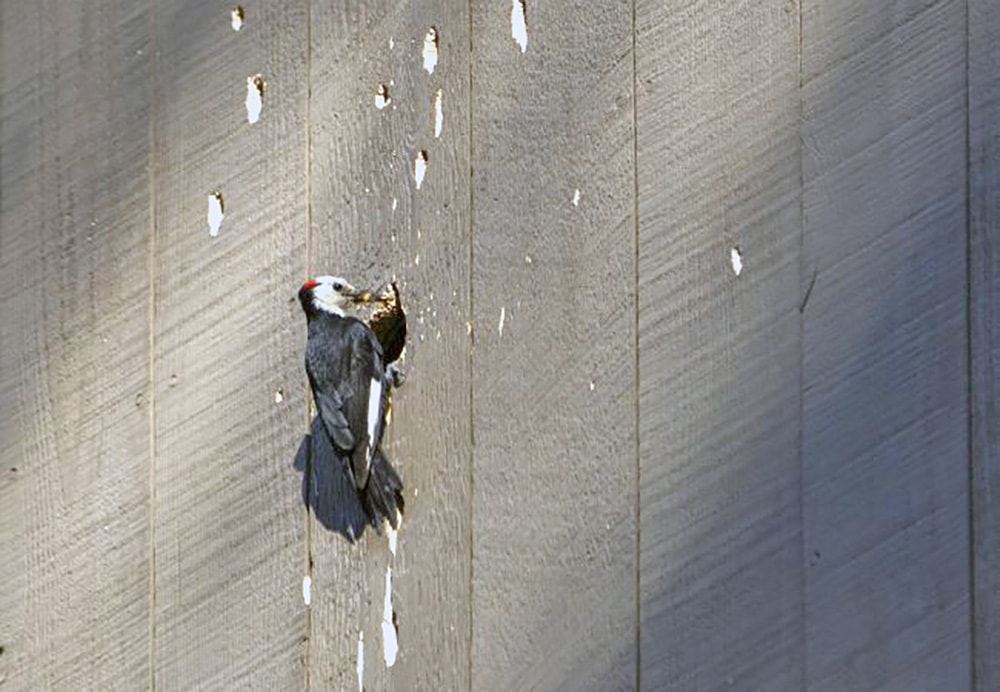
Generally, woodpecker or any other bird, insect, and rodent damage is not covered by homeowners insurance. These types of damages are considered as maintenance issues that should be addressed and prevented by homeowners alone. Woodpeckers would peck on any built structure, even your home. To become more efficient in their mating ritual and in staking out their territory, they should produce a loud noise that is why they peck on metal or wood. You might think now that woodpeckers can cause significant damage to your house and that home insurance will cover the repairs on your home because it has caused big damage, however, they won’t. What you can only do is to take preventive measures, maintenance, and regular home inspection to avoid woodpecker infestations.
How to prevent woodpeckers from damaging your home?
You may find yourself wanting to file an insurance claim when your home has been damaged because of woodpeckers; however, this damage isn’t covered as we have mentioned above. Here are some tips on how you can get rid of woodpeckers and other insects near your home if they become problematic and pose high risks.

- Remove prune branches or large trees near your home and on areas where they peck so that they will be encouraged to stay in a thicker cover because they will feel more exposed and vulnerable when you remove the trees. As a result, they will be redirected and will be discouraged to peck your home.
- Provide an easier food source to them instead of allowing them to find insects on your home. Jelly, Suet, and mealworms are some of the food sources that you can consider.
- Give them a ready-made cavity by creating a birdhouse for them, especially if their activity is a prelude to nesting. Place it near or over the area where the pecking has occurred.
- Replace shingles or use wood putty to cover the holes that are already drilled woodpeckers.
- Prevent any insects from invading the weakened area and disguise the site by painting or staining the repair over.
- If the woodpecker activity becomes out of control or insects are already feeding on the wooden structure of your home, it is better for you to hire pest control professionals to inspect your home. Woodpeckers will feed somewhere else if insects will be eliminated.
If these simple redirection strategies still don’t work, here are some stronger way to get rid of them completely:
- Add reflective objects that are bright enough to scare them away. Wind chimes and recorded bird alarms can also help to scare them.
- Wooden areas where they find it attractive to peck can be covered with netting, cloth, or foam. Fishing line or chicken wires can also be added, 1-2 inches away from the surface to keep them from reaching the wooden structure of your home.
- Use decoys such as carved or plastic owls and hawks can also be placed on areas where they are pecking so they can be deterred.
Final Thoughts
Now that you already know that woodpecker damage isn’t covered by homeowners insurance, you should start inspecting your home and check the wooden structures for any holes because it will become worse if it will not be prevented immediately.

